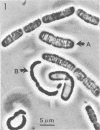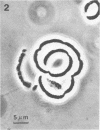Abstract
Oral and nasal fluids of 50 dogs were examined to determine the prevalence of aerobic bacteria frequently associated with animal bite wounds. The most frequently isolated microorganisms included: IIj, EF-4, Pasteurella multocida, Staphylococcus aureus, Staphylococcus epidermidis, group D streptococci, Corynebacterium sp., Enterobacteria, Neisseria sp., Moraxella sp., and Bacillus sp. Other species and genera were infrequently recovered and may represent transient flora. The high incidence of IIj, EF-4, P. multocida, and S. aureus, all known human pathogens, suggests that they should be considered as probably contaminants in bite wounds.
Full text
PDF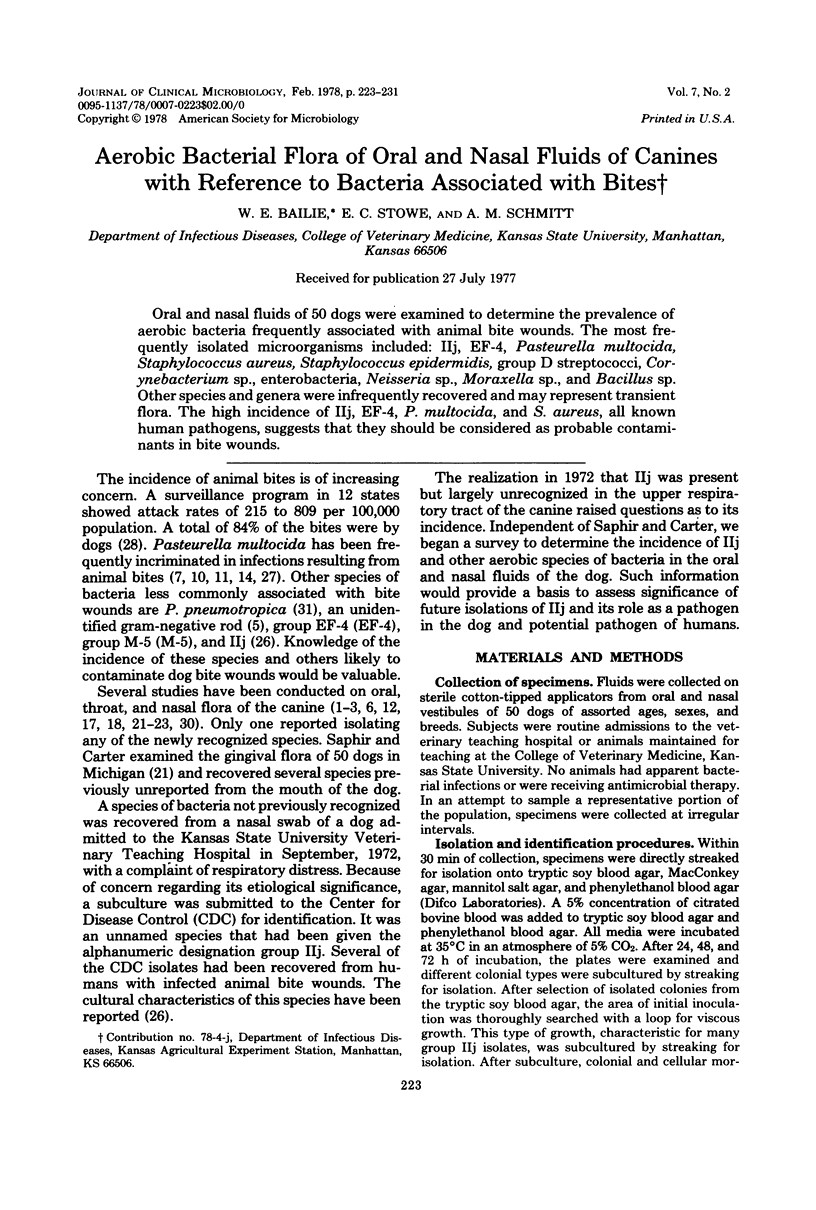
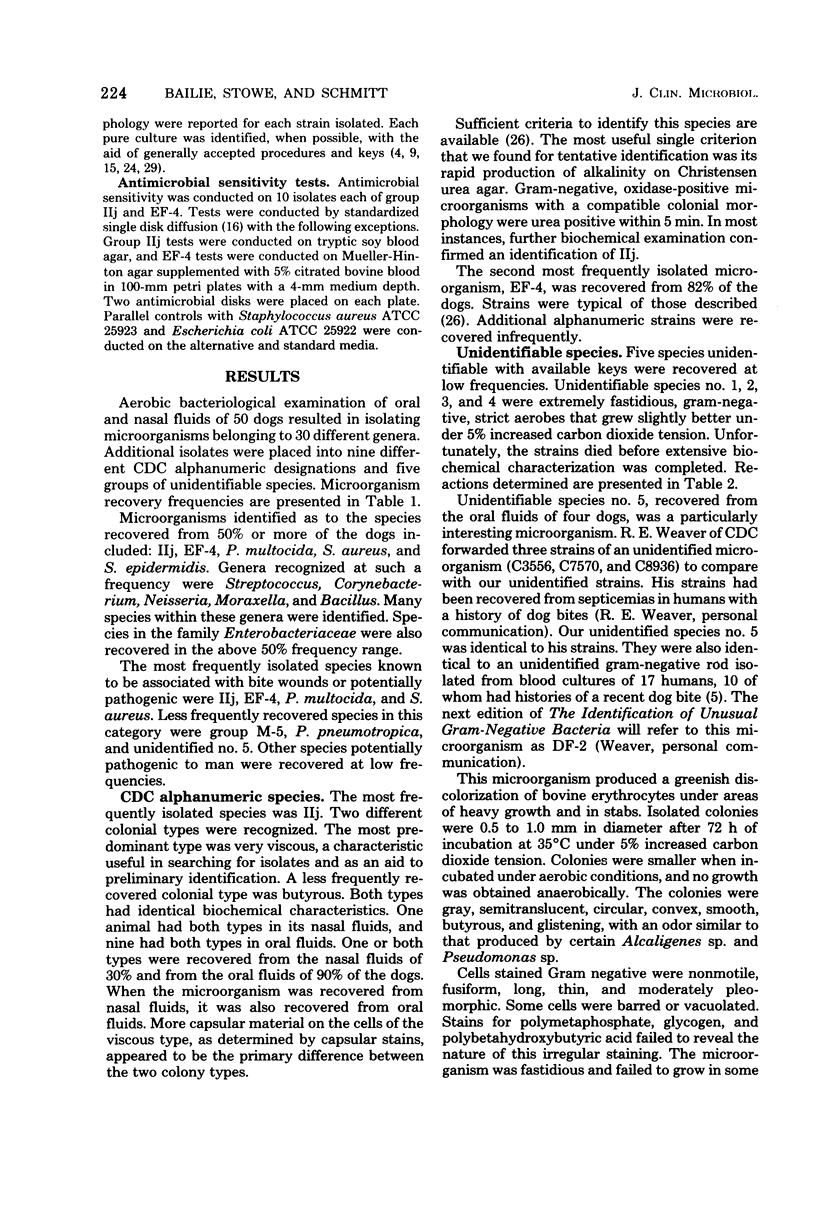
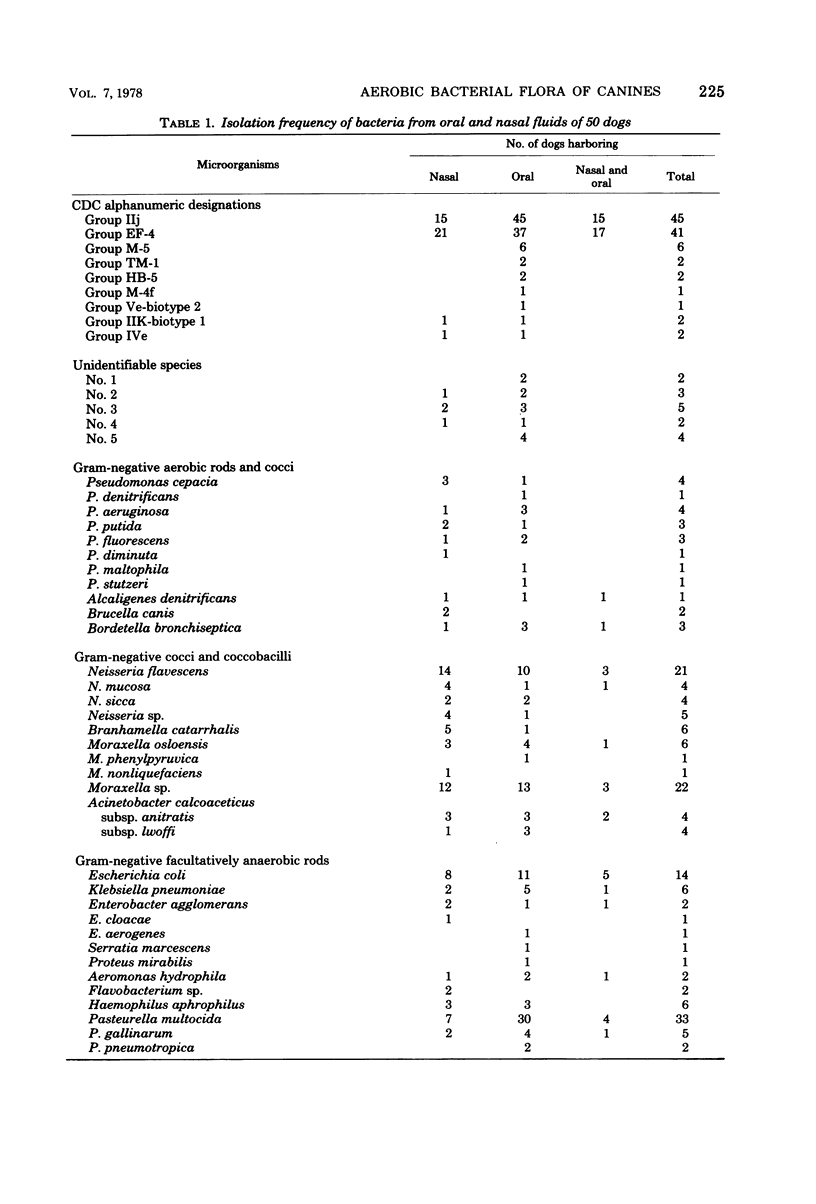
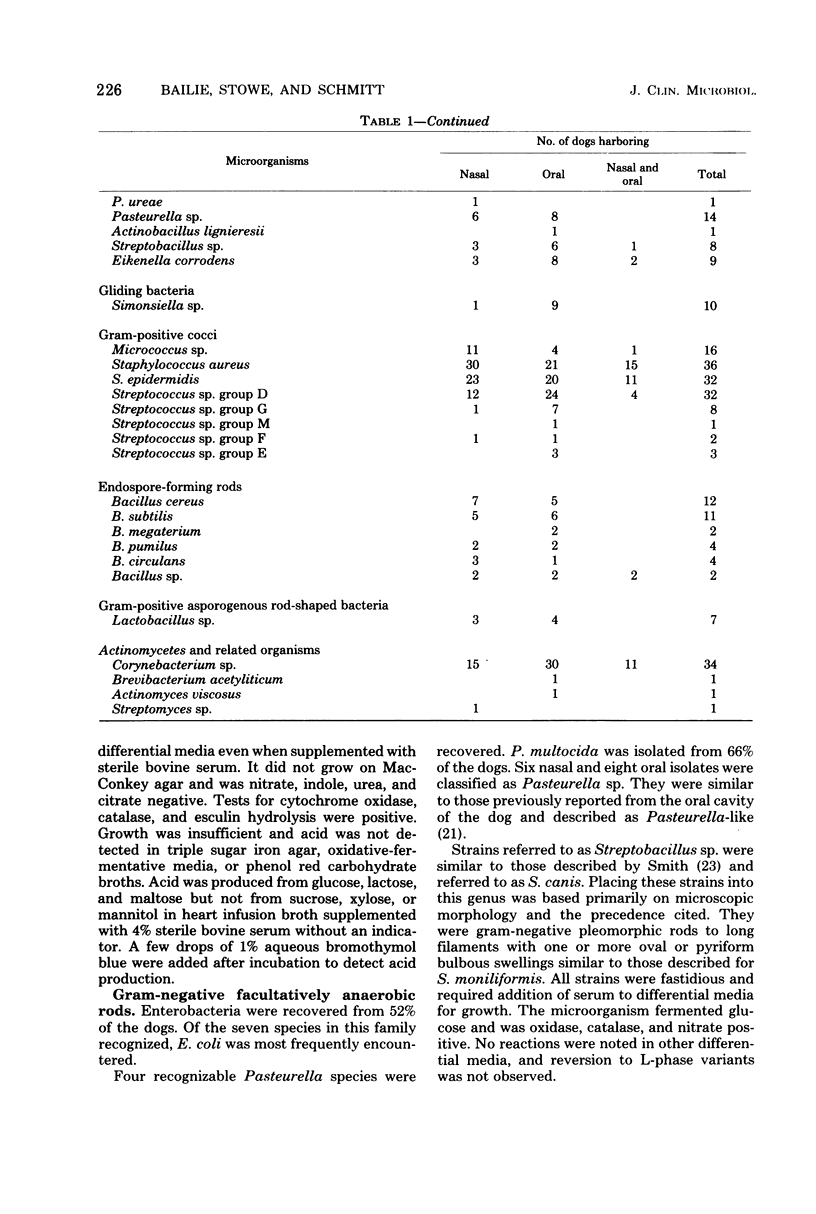
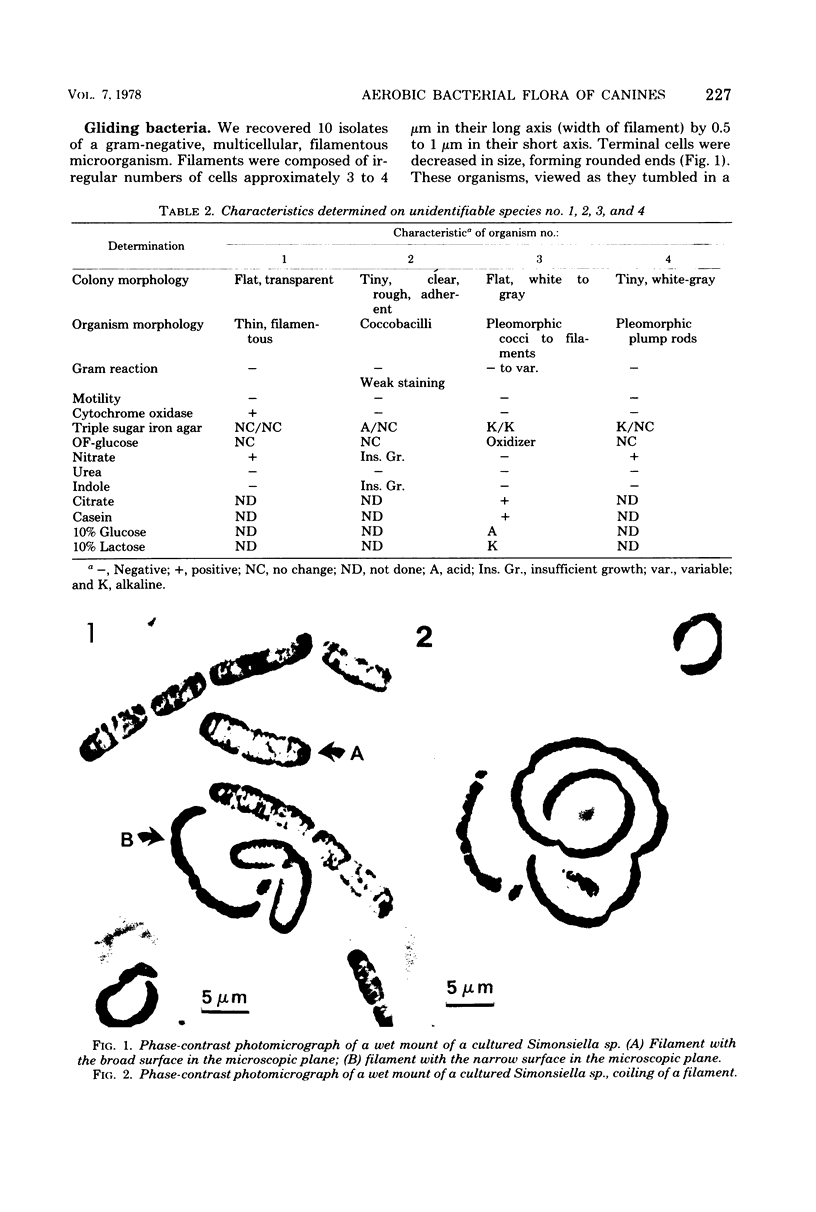
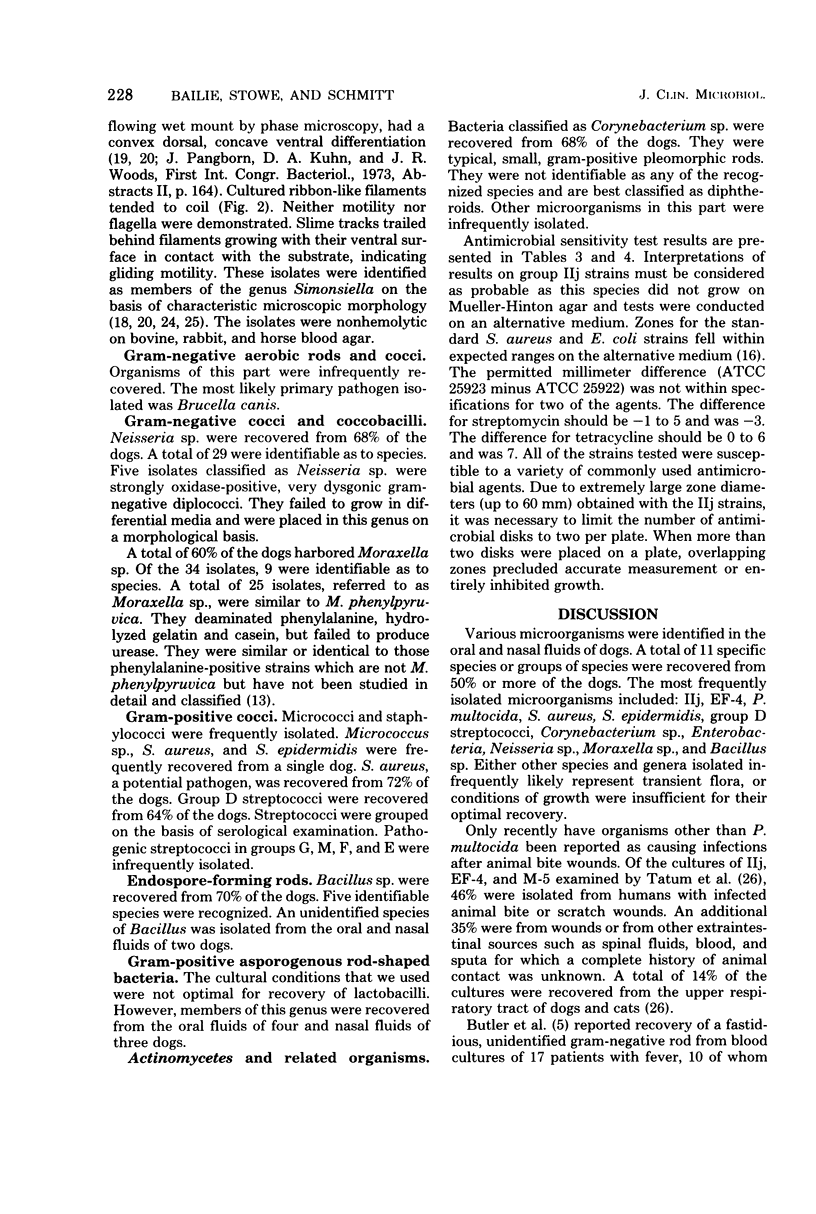
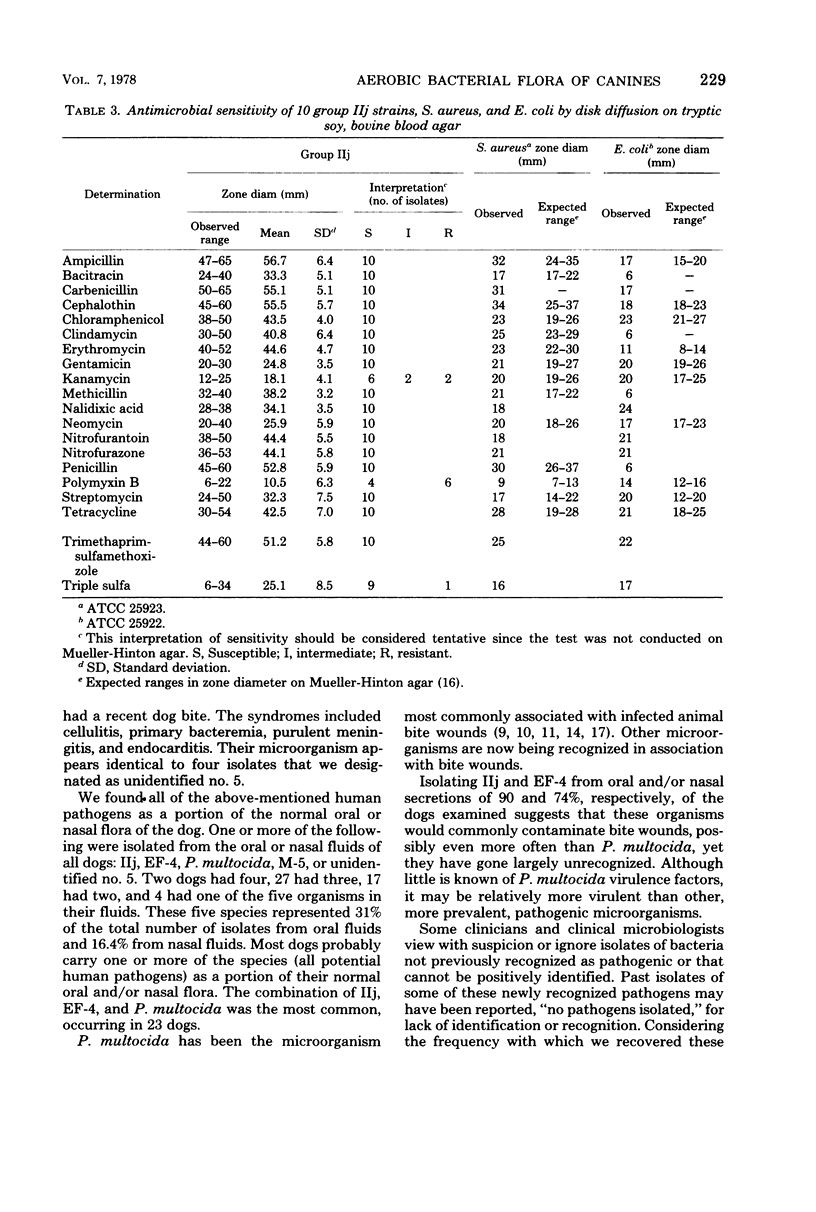
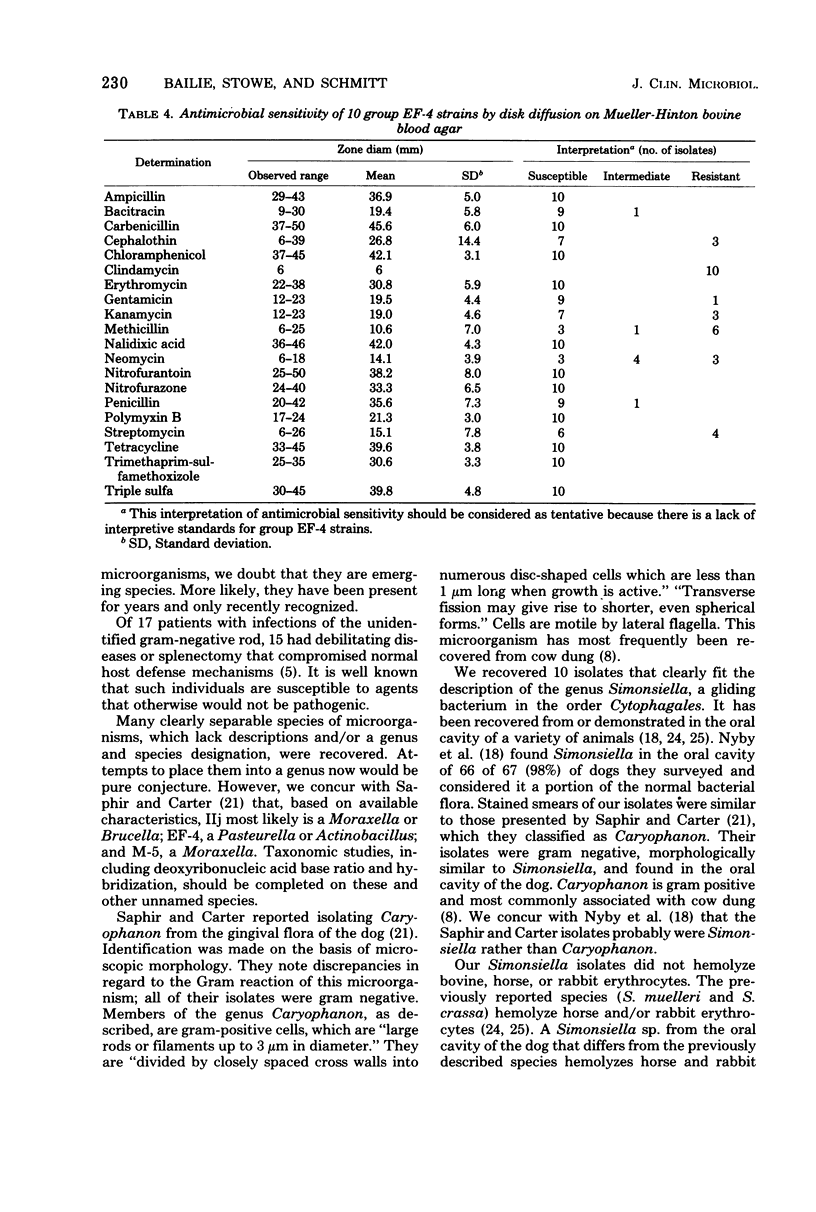
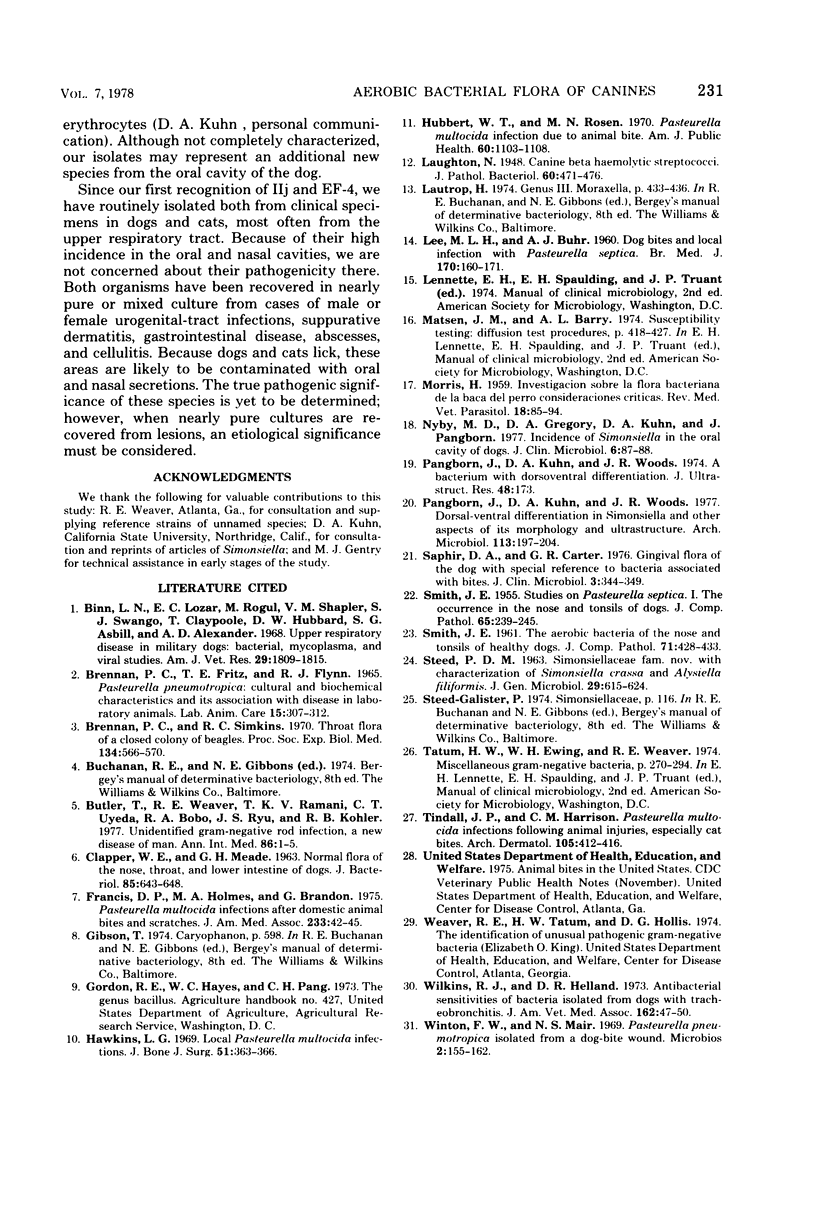
Images in this article
Selected References
These references are in PubMed. This may not be the complete list of references from this article.
- Binn L. N., Lazar E. C., Rogul M., Shepler V. M., Swango L. J., Claypoole T., Hubbard D. W., Asbill S. G., Alexander A. D. Upper respiratory disease in military dogs: bacterial, mycoplasma, and viral studies. Am J Vet Res. 1968 Sep;29(9):1809–1815. [PubMed] [Google Scholar]
- Brennan P. C., Fritz T. E., Flynn R. J. Pasteurella pneumotropica: cultural and biochemical characteristics, and its association with disease in laboratory animals. Lab Anim Care. 1965 Oct;15(5):307–312. [PubMed] [Google Scholar]
- Brennan P. C., Simkins R. C. Throat flora of a closed colony of beagles. Proc Soc Exp Biol Med. 1970 Jun;134(2):566–569. doi: 10.3181/00379727-134-34836. [DOI] [PubMed] [Google Scholar]
- Butler T., Weaver R. E., Ramani T. K., Uyeda C. T., Bobo R. A., Ryu J. S., Kohler R. B. Unidentified gram-negative rod infection. A new disease of man. Ann Intern Med. 1977 Jan;86(1):1–5. doi: 10.7326/0003-4819-86-1-1. [DOI] [PubMed] [Google Scholar]
- CLAPPER W. E., MEADE G. H. NORMAL FLORA OF THE NOSE, THROAT, AND LOWER INTESTINE OF DOGS. J Bacteriol. 1963 Mar;85:643–648. doi: 10.1128/jb.85.3.643-648.1963. [DOI] [PMC free article] [PubMed] [Google Scholar]
- Francis D. P., Holmes M. A., Brandon G. Pasteurella multocida. Infections after domestic animal bites and scratches. JAMA. 1975 Jul 7;233(1):42–45. doi: 10.1001/jama.233.1.42. [DOI] [PubMed] [Google Scholar]
- Hawkins L. G. Local Pasteurella multocida infections. J Bone Joint Surg Am. 1969 Mar;51(2):362–366. [PubMed] [Google Scholar]
- Hubbert W. T., Rosen M. N. Pasteurella multocida Infections: I. Pasteurella Multocida Infection Due to Animal Bite. Am J Public Health Nations Health. 1970 Jun;60(6):1103–1108. doi: 10.2105/ajph.60.6.1103. [DOI] [PMC free article] [PubMed] [Google Scholar]
- LEE M. L., BUHR A. J. Dog-bites and local infection with Pasteurella septica. Br Med J. 1960 Jan 16;1(5167):169–171. doi: 10.1136/bmj.1.5167.169. [DOI] [PMC free article] [PubMed] [Google Scholar]
- Nyby M. D., Gregory D. A., Kuhn D. A., Pangborn J. Incidence of Simonsiella in the oral cavity of dogs. J Clin Microbiol. 1977 Jul;6(1):87–88. doi: 10.1128/jcm.6.1.87-88.1977. [DOI] [PMC free article] [PubMed] [Google Scholar]
- Pangborn J., Kuhn D. A., Woods J. R. Dorsal-ventral differentiation in Simonsiella and other aspects of its morphology and ultrastructure. Arch Microbiol. 1977 Jun 20;113(3):197–204. doi: 10.1007/BF00492025. [DOI] [PubMed] [Google Scholar]
- SMITH J. E. Studies on Pasteurella septica. I. The occurrence in the nose and tonsils of dogs. J Comp Pathol. 1955 Jul;65(3):239–245. [PubMed] [Google Scholar]
- STEED P. A. Simonsiellaceae fam.nov.with characterization of Simonsiella crassa and Alysiella filiformis. J Gen Microbiol. 1962 Dec;29:615–624. doi: 10.1099/00221287-29-4-615. [DOI] [PubMed] [Google Scholar]
- Saphir D. A., Carter G. R. Gingival flora of the dog with special reference to bacteria associated with bites. J Clin Microbiol. 1976 Mar;3(3):344–349. doi: 10.1128/jcm.3.3.344-349.1976. [DOI] [PMC free article] [PubMed] [Google Scholar]
- Tindall J. P., Harrison C. M. Pasteurella multocida infections following animal injuries, especially cat bites. Arch Dermatol. 1972 Mar;105(3):412–416. [PubMed] [Google Scholar]
- Wilkins R. J., Helland D. R. Antibacterial sensitivities of bacteria isolated from dogs with tracheobronchitis. J Am Vet Med Assoc. 1973 Jan 1;162(1):47–50. [PubMed] [Google Scholar]



